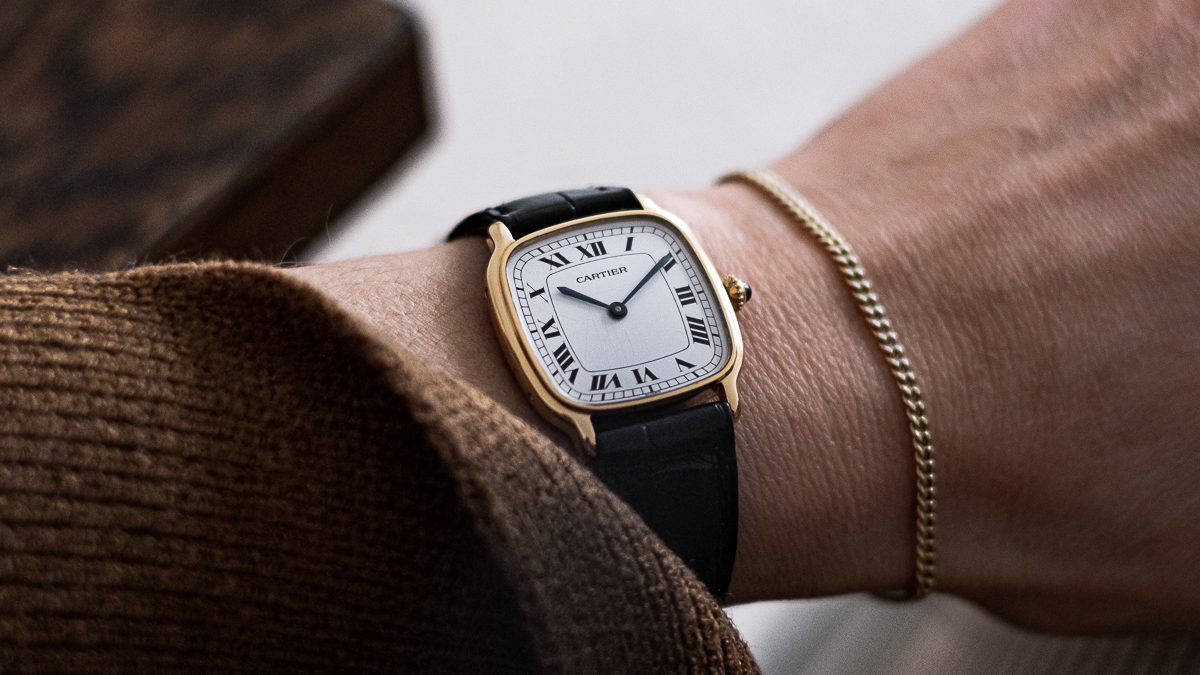When exploring the world of vintage timepieces, one might wonder: how did certain brands rise to prominence, and when were they at their peak? This guide is meant for both newcomers and seasoned collectors. It highlights the most significant vintage watchmakers, tracks their historical influence, and even touches on the appeal of a vintage wrist watch for ladies in classic collections.
How This Guide Works
To measure a brand’s vintage standing, we look at historical production and how often models show up on the secondary market. One useful source is the Chrono24 listings database, which gives insight into how many watches from different brands are being traded in different eras. While this data reflects what is currently bought and sold (so it’s somewhat biased toward brands that attract more attention), it still offers meaningful trends over time.
We also classify watches into styles: dress, dress-casual, chronograph, dive, military, and sports (which includes racing, integrated bracelets, and hybrid tool watches). With that framework, we’ll traverse watchmaking history era by era.
The Dominance of Rolex
If you begin with any vintage watch conversation, it’s hard to avoid Rolex. Even today, Rolex stamps its dominance over many vintage segments—dive watches, dress-casual models, tool watches. During the period between 1940–2000, over 40% of the listed pieces on major platforms were Rolex watches.
In the post-Quartz Crisis decades (especially the 1980s), Rolex’s prominence only grew, particularly in its core lines: the Datejust, Oyster Perpetual, Submariner, and others. Because Rolex overshadows so much of the vintage market, many analyses also look at what the landscape would look like without Rolex—to better see the trends among the rest.
Vintage Icons of the 1940s & 1950s
These decades were the golden age for elegant, dressy watches. Here are some notable brands that stood out:
-
Universal Genève — Famous for its chronographs and its technical strides, including the micro-rotor movement.
-
Eterna — Originally an ebauche supplier, later known for military and diving timepieces.
-
Movado — Known for beautiful dress watches and early chronograph work, even though the brand’s modern presence is more muted.
-
Vacheron Constantin — As the world’s oldest uninterrupted watchmaker, VC’s dress watches from mid-century remain breathtaking.
-
Jaeger-LeCoultre — One of the most innovative houses, supplying movements to others while producing refined wristwatches.
-
IWC (International Watch Company) — Blending robust engineering with elegance, IWC made memorable mid-century dress and utility models.
-
Patek Philippe — Long viewed as the pinnacle of haute horlogerie; even vintage Patek pieces are revered.
-
Longines — Known for its wide appeal and solid craftsmanship, especially in military and pilot models.
These brands often shone brightest in the “dress watch era,” and many of them have particular allure for collectors of vintage wrist watch for ladies — slimmer cases, delicate proportions, and timeless style.
The Era of Tool Watches: 1960s & 1970s
As tastes shifted, utility and sportiness gained favor. In these decades, we see a surge of tool, dive, and chronograph models. Some standout players:
-
Omega — A very versatile brand: the Seamaster, Speedmaster, Constellation, and Railmaster all found their niche.
-
Zenith — Helps define the chronograph world; their El Primero movement remains legendary.
-
Tudor — Rolex’s sibling brand, with serious dive and military cred.
-
(TAG) Heuer — A chronograph powerhouse with models tied to racing, yachting, and adventure.
-
Breitling — Known for aviation and chronograph mastery, with a strong presence in tool-watch circles.
The Post-Quartz Era: 1980s & 1990s
When quartz movements disrupted traditional Swiss watchmaking, many mechanical brands had to reposition themselves. Some highlights:
-
Piaget — Revived itself with ultra-thin luxury pieces and high-end quartz-hybrid models.
-
Cartier — Already a jewelry icon, its watches gained renewed focus and appeal.
-
Audemars Piguet — Though historically exclusive, its introduction of the Royal Oak in 1972 (and subsequent luxurious designs) helped it expand its reach in the decades ahead.
Even in this period, smaller runs and boutique models make certain vintage pieces rare, which adds to their collector appeal.
Why Vintage Matters — Especially for Ladies’ Watches
Vintage watches speak a story: craftsmanship, design evolution, mechanical ingenuity, and cultural shifts. For women collectors, vintage wrist watch for ladies often offers beautifully proportioned cases, elegant styling, and a sense of heritage. Many of the mid-century models were built at a time when watches were both jewelry and mechanical masterpieces. As trends cycle back to classic proportions and dressy elegance, these vintage ladies’ pieces continue to draw admiration.
Final Thoughts
From the dress watch era of the 1940s and 1950s to the tool-watch explosion of the 60s–70s and the resilience of brands in the post-quartz age, the world of vintage watches is a fascinating mirror of horological and cultural change. And in that world, vintage wrist watch for ladies holds its special place: understated, elegant, and eternally charming.

